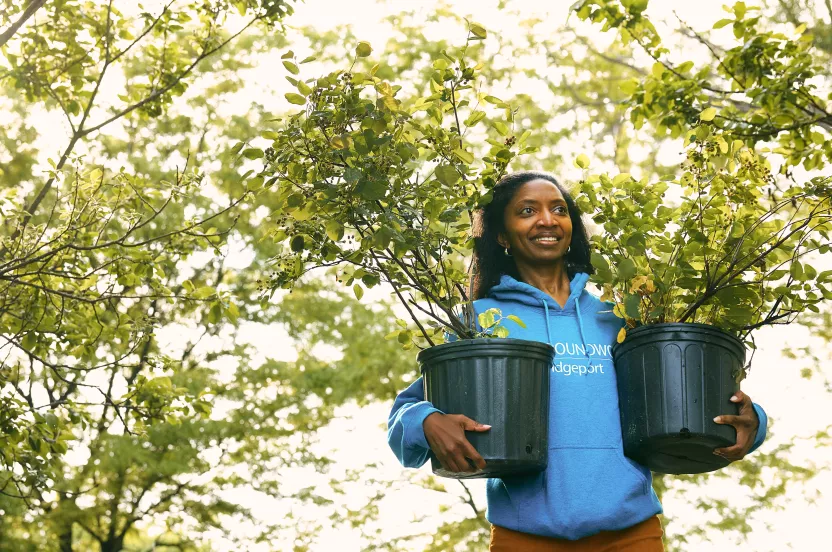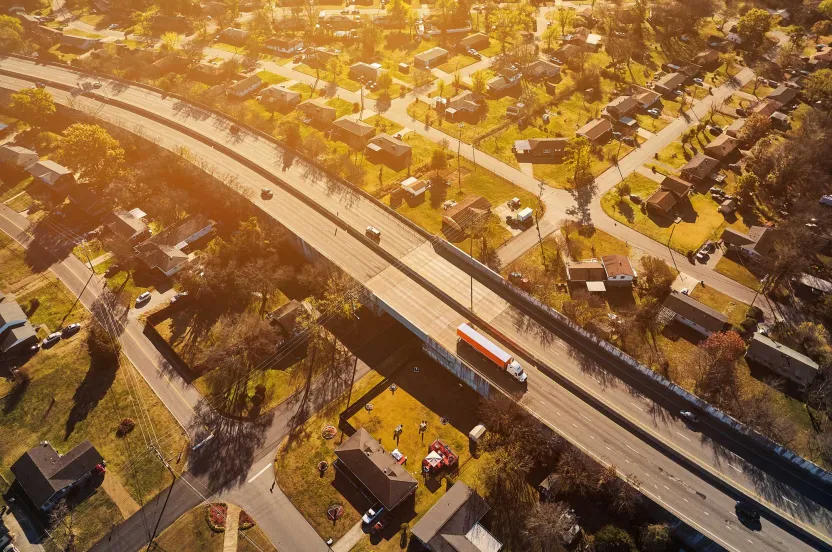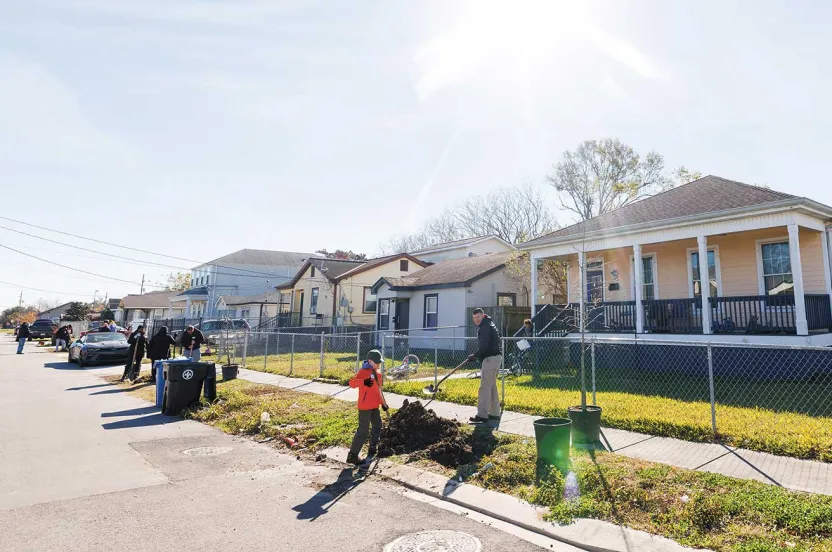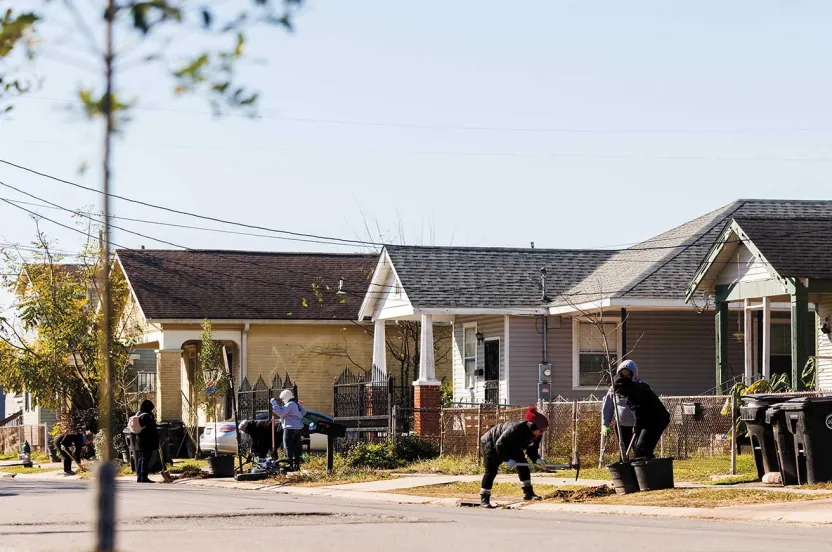Give before midnight on July 31 to double your impact where trees need us most. CHOOSE A PROJECT
Up for the Challenge
Supporting Boise’s ambitious tree planting goal.
July 14, 2023
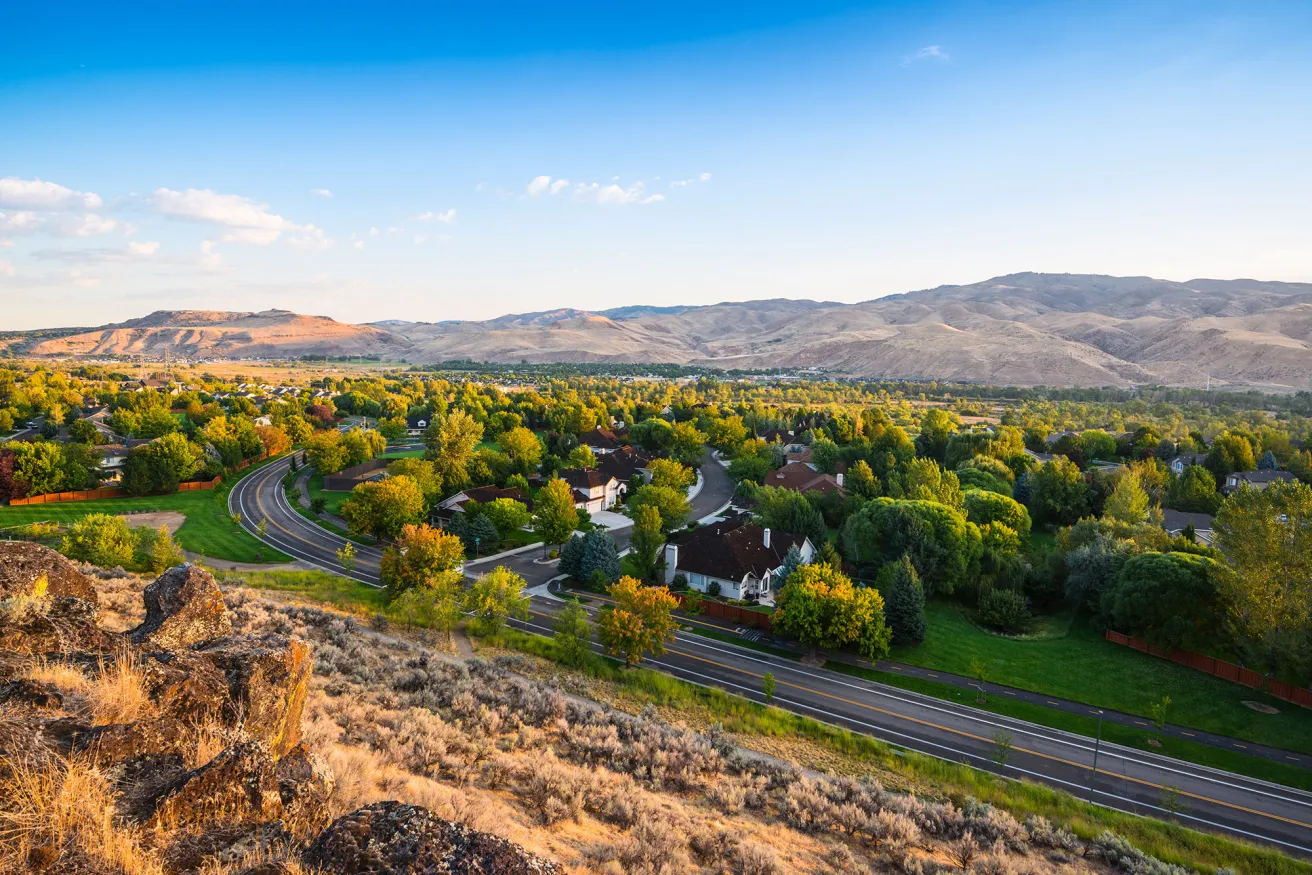
Ask anyone who lives there — Boise, Idaho, is a one-of-a-kind place.
The city of 235,000 people is an outdoor lover’s dream, with whitewater rafting, hiking, mountain biking, and beautiful forests all within a stone’s throw.
“We’re really proud of our city,” said Lance Davisson, who serves as president and director of the area’s Treasure Valley Canopy Network. “We are very intentional about being a strong community, waving at our neighbors. It’s more than just a place to live to us. It’s a home, and it’s just an awesome place to live.”
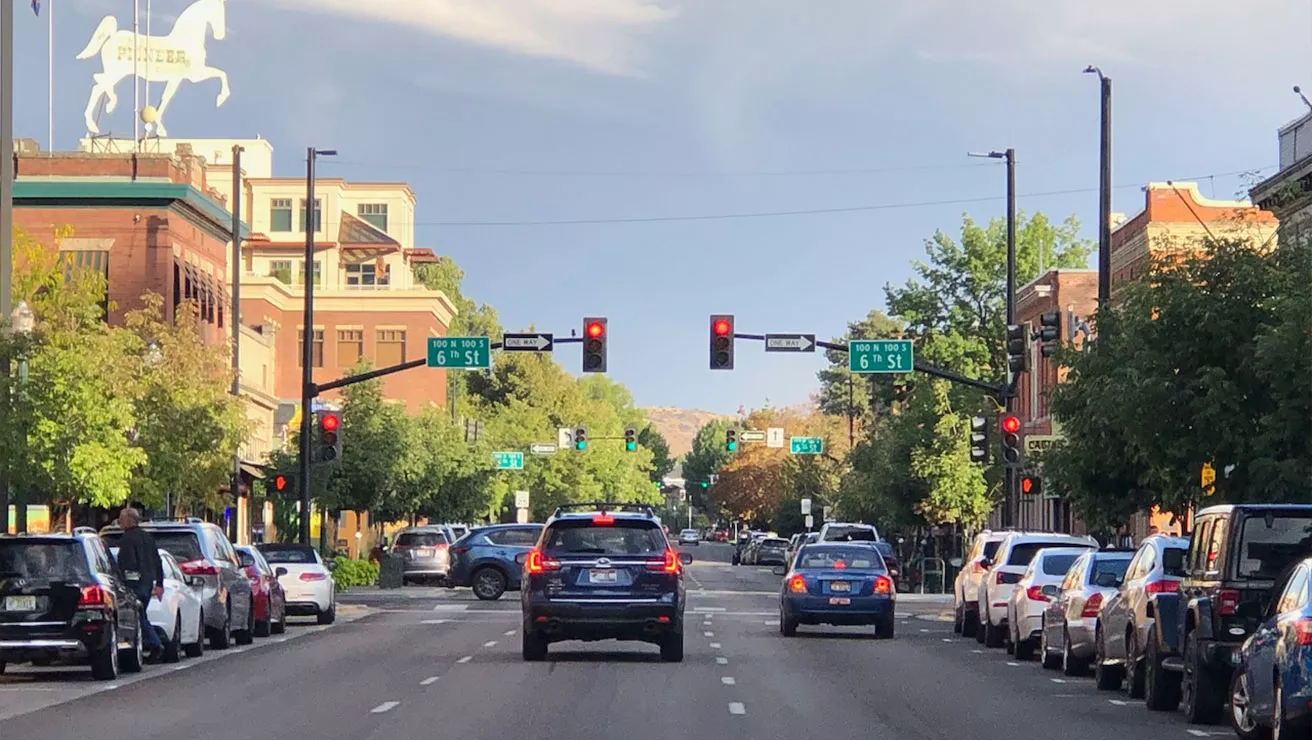
Among the things that make Boise special is its longstanding commitment to sustainability. The town’s nickname, “City of Trees,” is emblazoned on its logo.
So when city council president Elaine Clegg announced a new initiative to take Boise’s tree planting to the next level, we were thrilled — and ready — to help.
Making a Change
The City of Trees Challenge aims to plant 100,000 urban trees (one tree for every Boise household) and 235,000 forest seedlings (one tree for every Boise resident) by 2030. It was launched on Arbor Day 2020 to address climate change on a local level.
“Our goal is to provide every Boise resident with an opportunity to act on climate. Everybody feels like there’s nothing they can do about it. You know, it’s just too daunting. So the simple thing is to plant a tree at your house and sponsor planting a tree out in nature,” said Davisson, whose organization is leading the effort alongside The Nature Conservancy in Idaho.
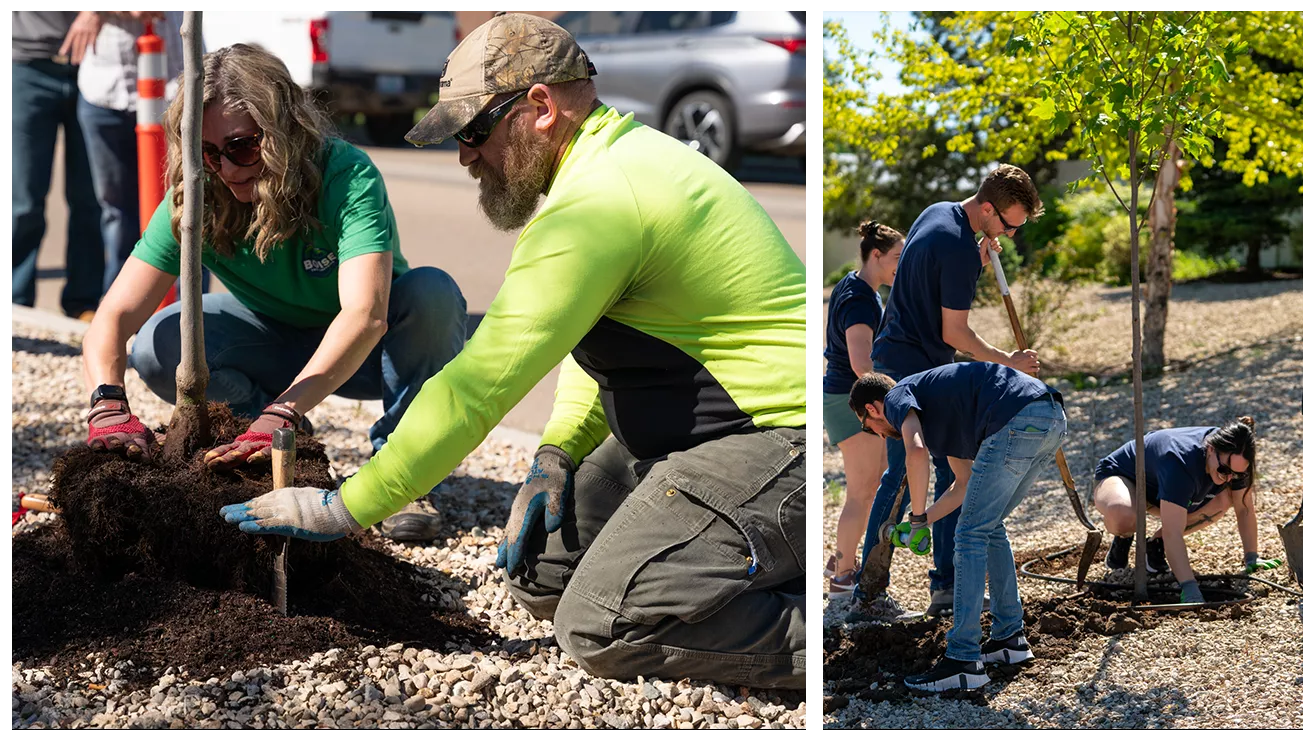
“By investing in the health of our city and surrounding forests, we’re offering an opportunity for urban and rural Idahoans to come together and build a more resilient future.”
In just two years, the Arbor Day Foundation has contributed 112,000 seedlings to the forest side of the challenge.
The seedlings are being planted on sections of Boise National Forest damaged by the 2016 Pioneer Fire. High-intensity burns left its beautiful hillsides full of dead trees — but today, new sprouts of life are shooting up as far as the eye can see.
Focus on the Future
With the forest side of the project already halfway complete, Boise is turning its focus to its 100,000 urban tree goal.
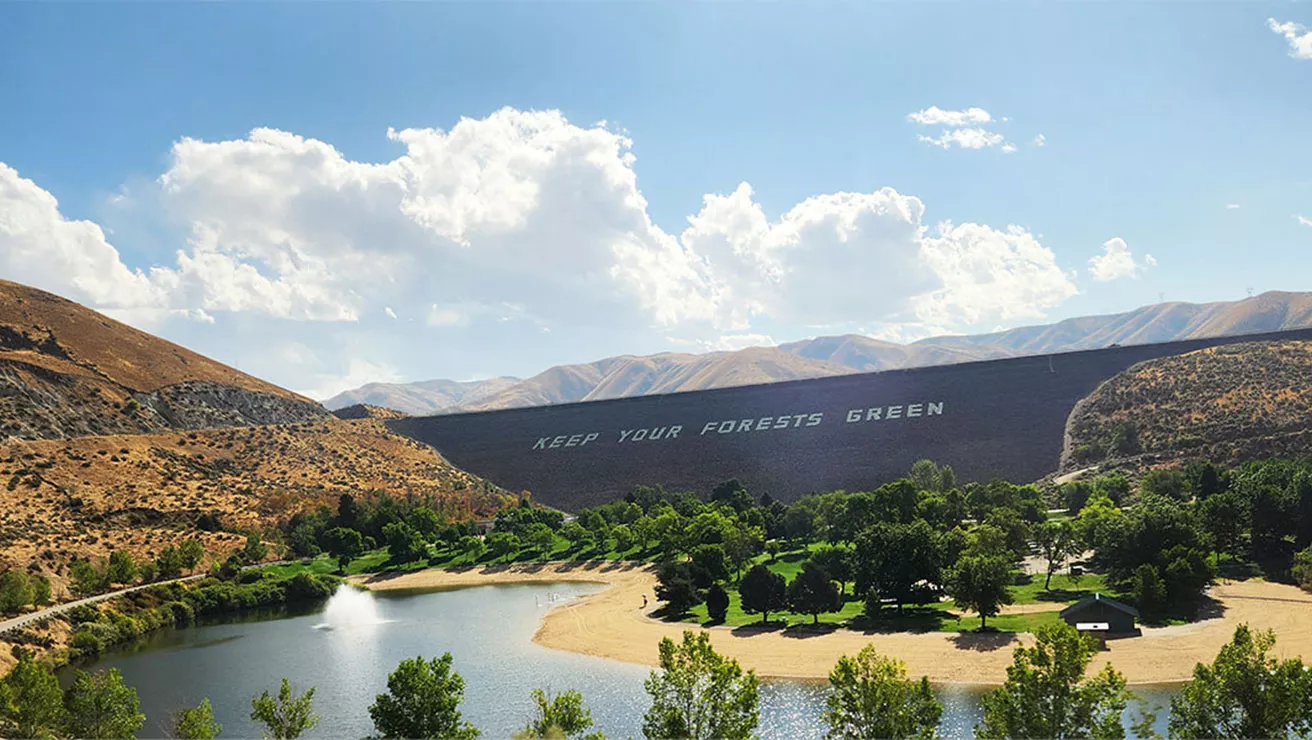
100,000 trees will nearly double the city’s canopy. Volunteers have started handing out trees at the Boise Farmer’s Market, which has proved to be a great success. Organizers are also using heat and canopy mapping technology to identify which neighborhoods need trees the most.
From energy savings to job creation, Davisson is excited about the long-term value this challenge will bring to the residents of Boise.
“We’re not at the top of the national news for how many trees we planted. But I’m kind of proud of that, because we don’t want to just be the one with the highest number of trees. We’re making sure our trees are actually surviving, thriving, and making a difference,” he said.
Ambitious goals like this one are what will make a lasting change for our planet. We’re proud to support this project, and many more like it, with your help.
